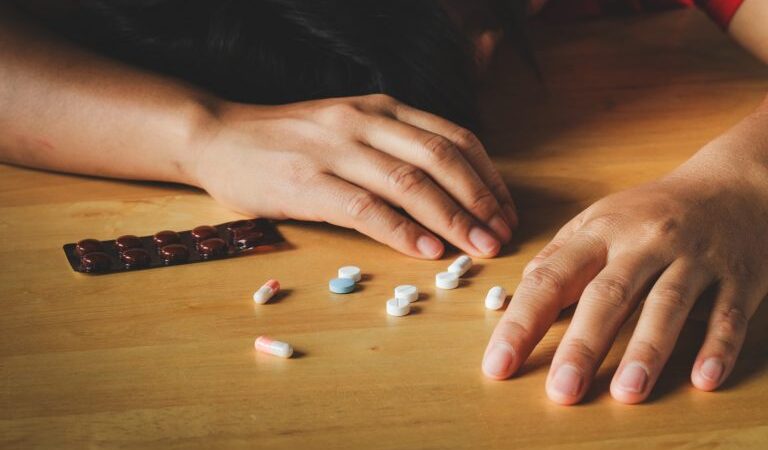The behavioral addiction model operates on the notion that specific behaviors and actions will force the brain to respond in a reward circuit. Usually, the brain will be elated and will keep responding to familiar stimuli. Therefore, it easily causes continued involvement in addiction triggers, pushing the addict to fall deeper into their drug addiction problem.
The behavioral model continues to make headlines in addiction discussion boards as it explains a lot of similarities across different types and forms of addiction. The information from this kind of model helps experts from facilities such as Skyward Treatment to better deal with addiction as it provides insights that help prevent and recover addiction. Keep reading to learn more about this model.
Reward Circuit – What it Means
The reward circuit refers to the specific part of the brain that receives signals whenever the brain is engaged in positive-releasing activities. It covers activities such as social functions and eating specific foods. There is also the possibility that stimuli from smells and sounds may trigger the reward circuit.
Usually, this circuit is activated each time a person engages in activities that signal the brain to accept the pleasure feelings. In the end, the rewarding feeling could trigger compulsive urges for the person to want to engage in similar behaviors to keep receiving the reward they are now accustomed to.
When a person is in recovery from addiction, they tend to struggle with a disrupted reward circuit. Usually, due to addiction, the addict struggles with an unhealthy dependence on the substance with the hope of getting the reward circuit kicking. Whenever the substance abuse stops, the brain craves the good chemicals produced by the substances. This happens even when the addict quits their addiction habits.
Reasons why Reward Circuit Leads to Dysfunctional Addiction
Every time a person abuses drugs or substances, they feel elated because of the triggers of the reward circuit. This is what causes substance abuse. As the abuse progresses, the addict may start engaging in behaviors that further trigger the reward circuit, increasing dysfunction.
Unfortunately, the result is increased cravings and compulsive behaviors with aggravated anxiety and depression since they struggle with not getting the high feelings they were accustomed to when they used the addictive substance.
Models of Behavioral Addiction
Moral Model: This is a foundation of addiction treatment used by many rehabs worldwide and in America. It bases its treatment on moral weakness and curative responsibilities
Disease Model: This model looks at addiction as a disease and approaches treatment from the point of addiction as a stubborn disease/ condition. Usually, the best treatment option recommends, in this case, is abstinence.
Socio-cultural model: This model looks at the systemic contributions to addiction. It focuses n cultural and socio-economic deprivation and other forms of marginalization as triggers to addiction. The remedies revolve around changing the situation to help prevent triggers.
Pyscho-Dynamic Model: This model focuses on addiction triggers from the point of mental illness and traumas. It appears as though people who suffer from trauma, especially in early childhood, develop into addicts.
Regardless of the approach and model used in treatment, combining several models often helps with treatment. Finding a facility that appreciates addiction challenges is more important to helping addicts recover. Call us today to help start your journey to recovery.


